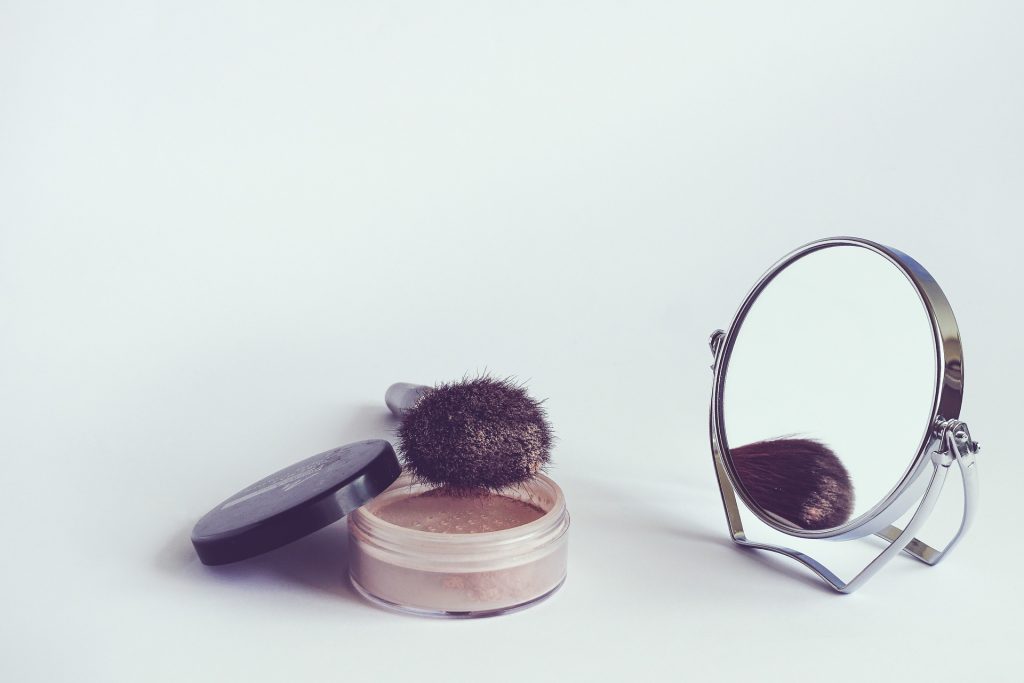The global cosmetic industry is an extraordinarily fascinating area of international consumption that has reflected the sporadic changes in economic, social and cultural transformations taking place in the modern world. In truth, the desire to be considered smart and attractive has continuously driven people from all walks of life to invest considerable amount of time, energy and resources in beauty products. This has ultimately generated and contributed to the growth of the industry whose market value currently stands at approximately USD 215 billion and is expected to expand at a compound annual growth rate of 4.5% from 2024 – 2030. Whilst the universe concertedly glows and basks in the sweet-scented, skin-glowing and sleeked hair aura, the dominance of European, American and Asian brands in the cosmetic industry has subdued growth in other markets, notably in developing countries. It is a no brainer that the industry’s multifaceted (pun intended) and dynamic nature is a product of intensive investment in research and development and market and product distribution. However, these important factors of production have been maintained and sustained in developed countries and have not trickled down to developing regions that are considered top markets for leading global brands. Therefore, in this light, what measures can developing countries such as those in Africa put in place to attract worthwhile investment in cosmetic production and participation in associated global value chains?
Historically, the origins of cosmetic products were rooted in cultural knowledge of the uses of herbs, flowers and plants. At that time, cosmetics played a crucial role in religious ceremonies and beliefs, transcending beyond the mere façade to holding spiritual significance. With urbanization kicking in and as rural-urban migration intensified, the demand for beauty products became a necessity in certain spheres. East Africa, in particular, has the capacity to unlock opportunities in its cosmetics industry ecosystem. First, its budding young population creates a natural demand for beauty products. This demand can be assessed as a potential market that silently remains untapped. Secondly, the region’s consumer purchasing power has risen. Two countries, Kenya and Tanzania, are considered low middle income countries while Uganda and Rwanda are on their way to achieving similar status. What this essentially means is that consumers’ real income has improved over the years (holding inflation constant) and the citizenry can expand their consumption bandwidth to accommodate products that they would ordinarily not consider purchasing. Lastly, the demand for organic and naturally produced cosmetic products has gained traction over the years. This stems from the heightened risk of getting diseases associated with consumption of carcinogenic chemicals. East Africa’s flora offers a healthy alternative for cosmetic producers seeking organic raw materials and reduce their reliance on chemically induced ingredients that have the potential to cause harm.
And yet despite this promising potential, there exists imminent obstacles that have impeded the exploitation of the cosmetic industry in East Africa. The income gap that exists between the developed and developing countries from the onset inherently bifurcates the consumers’ purchasing power ability, making it strenuous for many in the region to afford imported beauty products. Additionally, limited access to capital presents barriers to entry for entrepreneurs and businesses looking to invest in the sector. This also, at its peril, stifles innovation, research and development efforts. Furthermore, East Africa’s lack of modern infrastructure not only impedes the distribution of cosmetic products but also hinders the establishment of efficient production processes, thus limiting scalability and market reach.
Best Practice
The East Africa region’s potential to significantly contribute to the global cosmetic industry value is immense, in part, due to the various advantageous factors at play. And whilst challenges still linger in the horizon, it is paramount to recognize that addressing them necessitates concerted efforts from both the public and private agencies. Additionally, there exists opportunities to develop self-sufficiency and sustainability cosmetic products, by focusing on solutions aimed at reducing environmental impact. Lastly, without establishing a fair competition policy, businesses will continue struggling to navigate the bureaucratic hurdles and complexities, impeding the industry’s growth potential. It is only through strategic collaborative efforts and proactive measures can East Africa overcome the stagnation and limitations, fostering a sustainable cosmetic sector that benefits both local and global markets.


